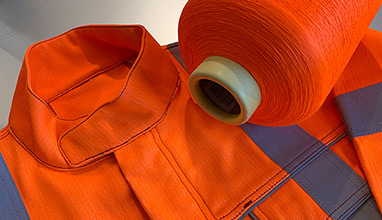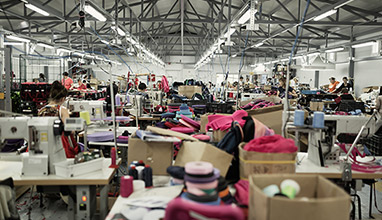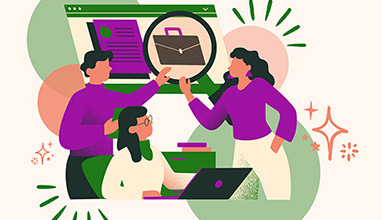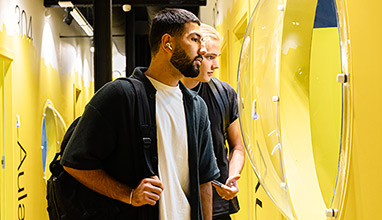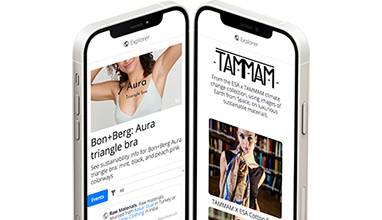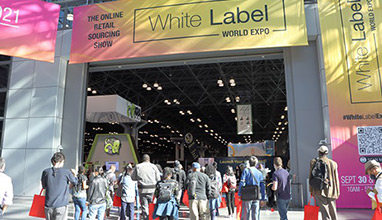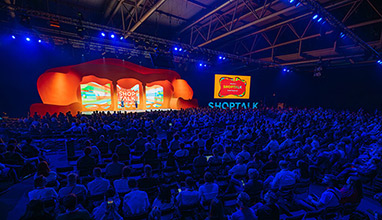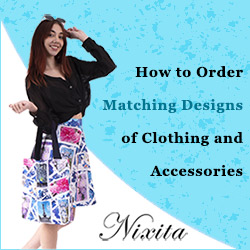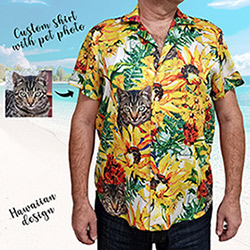The new theme of the 2022 Pitti Immagine summer fairs is PITTI _ ISLAND
PITTI _ ISLAND is the theme of the 2022 summer editions of the Pitti Immagine fairs. A concept expressed by all the communication (ads, videos, and social media) curated by the creative director Angelo Figus and the Narente duo, Lucio Aru and Franco Erre, who have been entrusted with the entire visual part of the campaign. The production will also strongly characterize the set design at the Fortezza da Basso by the architect Alessandro Moradei.
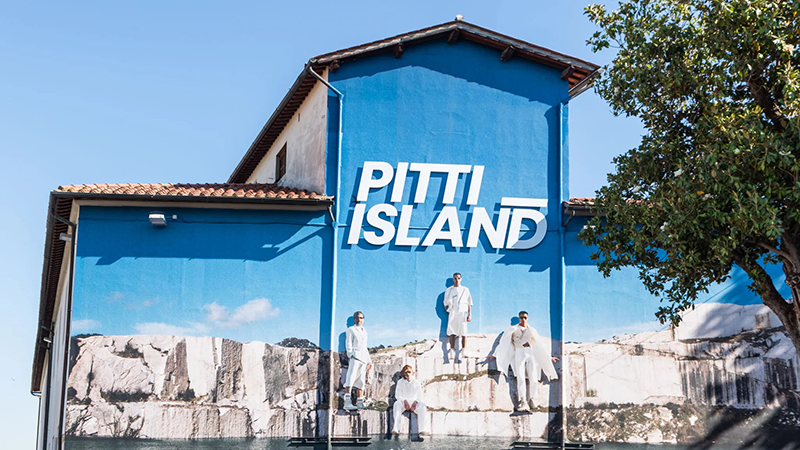
The concept
As a fixed point, an island is both a physical and spiritual point, especially for meeting and exchanging ideas. A concentrated area, a laboratory that experiments, multiplies, and diversifies. Land of discoveries, explorations, a visionary land that moves away from things to be able to identify them. In constant communication with the mainland, the island does not isolate itself, but engages in continuous exchanges of spirits and paths. This exotic, urban and magical island will entertain and amaze you again.
“PITTI _ ISLAND, the guiding theme of summer 2022, will be an imaginary island, in constant exchange with the world. A land of selected botany, a land with a friendly and open nature, a land that can be fun and reflective, a land for meeting and being together before everyone sets out on their own journey,” explains Agostino Poletto, general manager of Pitti Immagine. “It is a perfect metaphor for our shows and the goals we want to achieve with each edition, selecting the best creativity in fashion.”
A special set for the campaign
The creative partnership with Lucio Aru and Franco Erre, aka the Narènte duo (in Sardinian, the narrator), continues. They created videos and the advertising campaign for three Pitti Immagine fairs. The chosen setting is magical, but not obvious, a place surrounded by water and vegetation, bursting with wilderness but also touched by humans. For Pitti Uomo, the island is a limited place for experimentation, reflection, and regeneration. For Pitti Bimbo, it becomes a Treasure Island, a place of adventure that brings children back to a sensory, playful, and shared experience. Lastly, for Pitti Filati, the lush vegetation of the island becomes a raw material to be woven, to experiment with, and to rediscover the naturalness of the fabrics.
"The creative work provided a stimulus for a reflection on the infinite possibilities of the concept of the island itself, on the opportunities that 'discovering' and 'exploring' can offer, and on the very meaning of the journey, the passage, and the mark we leave or want to leave," say Lucio Aru and Franco Erre. "The intent, concerning the visual approach, was to tell a dynamic universe, a story that spoke of evolution, exploration, and curiosity. An overall image that was at the same time lyrical and earthly."
The set design at the Fortezza da Basso
In the main square and the pavilions of the Fortezza da Basso, the PITTI _ ISLAND theme will translate into a new set design. The basic idea is to use the campaign images in an architectural/installation manner. "The photos will acquire depth and perspective as they multiply in the planes and transparencies," says the creative director Angelo Figus. "The real island, the location of the campaign, will dematerialize and recompose at the Fortezza, providing glimpses and views that are animated by the campaign's models and protagonists, breaking from the landscape and mixing and communicating visually with visitors. This showcase will create evocative natural scenarios for you to get lost in and photograph yourself, which will integrate into the campaign's images that will bounce on social networks every day with new travelers discovering the new season."

Hits: 8630 | Leave a comment
Tags:Pitti island




